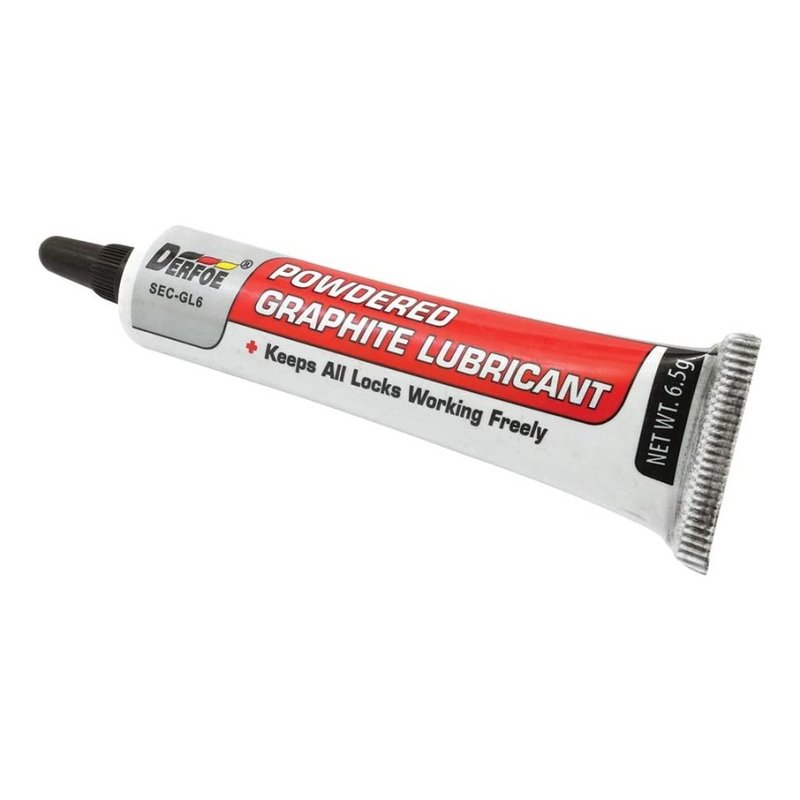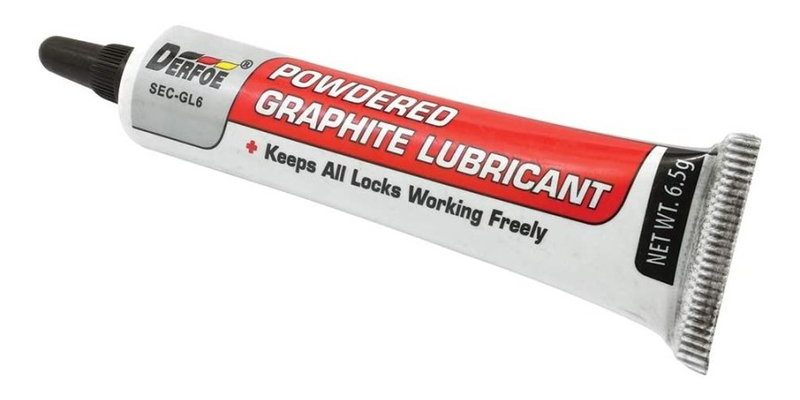
Having the right tools for the job can make all the difference. Just like a good paintbrush can elevate your painting skills, a proper lubricant applicator can transform your experience with door maintenance. Whether it’s a long straw for precision application or a spray can for broader coverage, these tools can help you manage those tricky spots with ease. In this guide, we’ll explore some of the best lubricant applicators designed to tackle those elusive hardware areas you’ve been struggling with.
Why Is Lubrication Important for Door Hardware?
You might be wondering why lubrication is so vital for doors and their hardware. Imagine trying to push a toy car with rusty wheels—friction and resistance make it impossible to move smoothly. Door hinges, locks, and other hardware work much the same way. They require proper lubrication to function efficiently and avoid wear and tear.
Lubrication serves several purposes. First, it prevents rust and corrosion, which are caused by moisture and time. Second, it reduces friction, allowing door components to move more freely. This leads to quieter operation and a longer lifespan for your hardware. Lastly, using the right lubricant can even help improve the performance of locks, which is essential for security.
Types of Lubricants and Applicators
When it comes to lubrication, you’ll find a variety of products available today. The most common types are:
- Oil-based lubricants: Great for hinges and locks, providing long-lasting protection.
- Grease: Thicker and stickier, ideal for outdoor hardware exposed to the elements.
- Silicone sprays: Perfect for areas where moisture is a concern as it repels water.
Now, what about applicators? Here’s where things get interesting. Applicators can vary widely in shape and design, allowing you to reach tight spaces or apply lubricant with precision. Some common types include:
- Needle applicator: Features a long, narrow tip for pinpoint application. Perfect for getting into those tiny crevices.
- Trigger spray bottle: Great for wider areas, letting you cover more surface quickly.
- Foam applicator: Ideal for applying grease, allowing for effortless spreading.
Best Needle Applicators for Precision
When dealing with tight spaces, a needle applicator is your best friend. These handy tools provide remarkable control, allowing you to direct lubricant exactly where it’s needed. One standout product is the WD-40 Smart Straw. With its two-in-one straw, you can switch from a precise stream to a wide spray in seconds, making it versatile for various applications.
Another excellent option is the Liquid Wrench Penetrating Oil. This pressurized can comes with a long straw that allows you to get into narrow spaces easily. Whether it’s a rusty lock or a squeaky hinge, you’ll be amazed at how much easier it is to reach those tricky spots.
For those who want to do it all, the Blaster’s PB Penetrating Catalyst is a fantastic choice. Not only does it come with a needle applicator for precision, but it also works wonders on rusted parts, making it an essential for any DIY toolbox.
Best Spray Applicators for Quick Coverage
Sometimes, you just need to cover a broad area quickly. Spray applicators are perfect for that! A classic choice is the 3-IN-ONE Multi-Purpose Oil. This product offers a fine spray and is designed to quickly penetrate and lubricate moving parts. It’s easy to control, thanks to its precision nozzle, allowing you to avoid over-spraying.
Another popular option is the Permatex Silicone Spray. This water-resistant lubricant not only provides lasting protection but also emits a fine mist. It’s perfect for door seals and rubber parts that may need a little extra care.
For those concerned about the environment, consider the DuPont Teflon Non-Stick Dry-Film Lubricant. This unique spray leaves a dry film that won’t attract dirt or dust, making it great for areas where cleanliness is key.
Grease Applicators for Heavy-Duty Needs
For larger hinges or outdoor hardware exposed to tough conditions, grease might be the way to go. A great example is the Lucas Oil Heavy Duty Grease Gun. It comes with a flexible hose, which makes it easy to apply grease in hard-to-reach places. This grease is durable and weather-resistant, perfect for outdoor gates or garage doors.
Another solid choice is the WD-40 Specialist Grease. This product is designed for heavy machinery but works just as well on residential door hardware. Its easy-to-use applicator helps you apply just the right amount without making a mess.
Lastly, consider the CRC Heavy-Duty Grease. It’s designed for maximum protection against water and corrosion, making it ideal for outdoor applications. Plus, its applicator allows you to get into hard-to-reach places without stress.
Choosing the Right Lubricant for Your Door Hardware
Selecting the right lubricant isn’t just about function, but also about compatibility. You’ll want to consider the materials your door hardware is made from. For example, oil-based lubricants work well on metal, but can damage plastic or rubber components.
Additionally, think about where you’re applying the lubricant. If your door faces the elements, a water-resistant option like silicone might be best. Here’s a quick guide to help you choose:
- Hinges: Light oil or silicone spray for smooth operation.
- Locks: Penetrating oil to eliminate rust.
- Outdoor hardware: Heavy-duty grease for protection against moisture.
Remember, when in doubt, don’t hesitate to ask for advice at your local hardware store. The staff can often recommend the best products for your specific needs.
How to Apply Lubricant Effectively
Applying lubricant might seem straightforward, but there are a few tricks to ensure you do it effectively. Here’s a simple step-by-step guide to get the most out of your lubricant applicator:
1. Clean the Area: Start by wiping down the hardware with a cloth to remove dust or debris. This helps the lubricant work better.
2. Choose the Right Tool: Depending on the situation, grab your needle applicator for precision or a spray for broader coverage.
3. Apply Sparingly: Less is often more. Apply a small amount of lubricant, and gradually add more if necessary. Too much can attract dirt and create a mess.
4. Work It In: Move the door back and forth a few times to ensure the lubricant penetrates the hinges or locks completely.
5. Wipe Off Excess: After application, use a cloth to clean off any excess lubricant to prevent buildup.
By following these steps, you can keep your door hardware in tip-top shape and avoid those annoying squeaks!
Maintaining Your Door Hardware
Finally, regularly maintaining your door hardware is essential. Think of it like regular oil changes for your car; it’s less about fixing a problem and more about preventing one. Here are a few tips:
– Schedule Lubrication: Make it a routine to check your door hardware every few months. This will help catch any issues early on.
– Watch for Signs: If doors start to squeak or stick, it’s time to apply lubricant. Don’t wait for a bigger problem.
– Use Quality Products: Investing in good lubricants and applicators can make a huge difference in the longevity of your hardware.
By taking these simple steps, you’ll ensure your doors operate smoothly and efficiently for years to come.
In conclusion, tackling the task of lubricating hard-to-reach door hardware doesn’t have to be a chore. With the right applicators and a little know-how, you can maintain your doors like a pro. So, whether you’re using a needle applicator for precision or a spray for speed, the right tools can turn a frustrating job into a quick and easy task. Happy lubricating!
